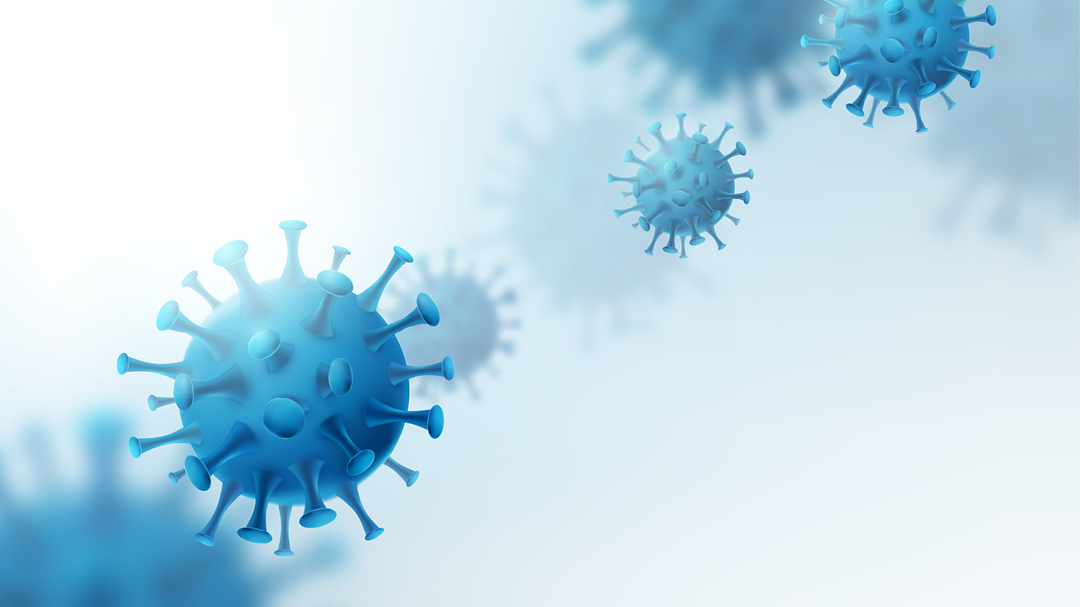Ministry of Social Affairs and Health, Finnish Institute for Health and Welfare
COVID-19 continues to circulate through population but vaccines provide effective protection against severe forms of disease

The virus that causes COVID-19 continues to circulate through the population. However, vaccines provide effective protection against severe forms of the disease. It is particularly important that people aged 60 or over and those belonging to risk groups get a third vaccine dose. As the restrictions are eased, the focus will be on people’s own measures to prevent the spread of infections.
On Sunday 6 March, there were 353 inpatients in specialised healthcare. The number of inpatients has remained high since the turn of 2021–2022. On 6 March, the total number of patients in intensive care was 39, compared to 41 on 27 February. Between 28 February and 6 March, 41 new COVID-19 patients were admitted to intensive care, while in the previous week the number was 38. Some of the reported patients were being treated mainly for some other reason than COVID-19.
Currently, the estimated effective basic reproduction number is 0.80–0.95, with a 90 per cent probability. The number is lower than last week when it was 0.85–1.05, with a 90 per cent probability, i.e. the same as the week before that. This number is based on the number of COVID-19 cases in specialised healthcare.
The number of reported COVID-19 cases over the last two weeks is inaccurate, because there have been technical problems with database connections to the communicable diseases register. These problems are also reflected in the reported number of COVID-19 patients in specialised healthcare. The problems are being fixed.
The overall level of SARS-CoV-2 genetic material in Finland’s wastewater has remained high. Currently, the level of viral genetic material is not decreasing anywhere in Finland. This means that the earlier downward trend has also levelled off in Espoo and Helsinki. People continue to shed the virus even after their recovery, so it may take time before the slowdown in the epidemic is apparent in wastewater samples. These results can be seen in the weekly report on wastewater monitoring to be published on the website of the Finnish Institute for Health and Welfare on Friday at 12.00.
On Sunday 6 March 2022, the total number of deaths which had occurred within 30 days of a positive COVID-19 test and which had been reported to the communicable diseases register was 2,571. In the past two weeks (21 February–6 March), a total of 294 deaths were reported, while in the preceding two-week period the figure was 152. As part of epidemiological situational assessment, the Finnish Institute for Health and Welfare has monitored the number of deaths occurring within a month of a COVID-19 diagnosis. The Finnish Institute for Health and Welfare is currently examining the number of deaths where the primary cause of death was not, however, linked to COVID-19.
Vaccinations continue to provide effective protection against the most serious forms of COVID-19. It is particularly important that people aged 60 or over and those belonging to risk groups get a third vaccine dose. It is now recommended that also 12–17-year-olds who belong to risk groups get a third vaccine dose. By 9 March 2022, 86.3 per cent of people in Finland who are 18 years of age or over had received at least two vaccine doses and 61.4 per cent three vaccine doses. At the national level, there has been a clear slowdown in the number of people being vaccinated.
The means to combat the epidemic are targeted local and regional measures. As the restrictions are eased, the focus will be on people’s own measures to prevent the spread of infections, avoiding close contacts when ill, using home testing, and as high a vaccination coverage as possible. The Finnish Institute for Health and Welfare has compiled the key monitoring information on the COVID-19 epidemic on its website.
Inquiries
Liisa-Maria Voipio-Pulkki, Chief Specialist, Ministry of Social Affairs and Health, [email protected]
Mika Salminen, Director, Finnish Institute for Health and Welfare, [email protected]
Mia Kontio, Chief Specialist, Finnish Institute for Health and Welfare, [email protected]
o Monitoring reports on the hybrid strategy (Finnish Institute for Health and Welfare), in Finnish and Swedish
o Progress with the rollout of COVID-19 vaccinations (Finnish Institute for Health and Welfare), in Finnish and Swedish
o Situation update on coronavirus (Finnish Institute for Health and Welfare)
o The COVID-19 epidemic: regional situation, recommendations and restrictions (Finnish Institute for Health and Welfare)
o Coronavirus cases, hospital treatment situation and deaths
o Coronavirus in numbers (Hospital District of Helsinki and Uusimaa)
o Guidelines of the hybrid strategy to manage the COVID-19 epidemic in 2022, in Finnish
o Effects of the COVID-19 epidemic on wellbeing, services and the economy (Finnish Institute for Health and Welfare), in Finnish
o Situation in intensive care: COVID-19 in intensive care (Kuopio University Hospital), in Finnish